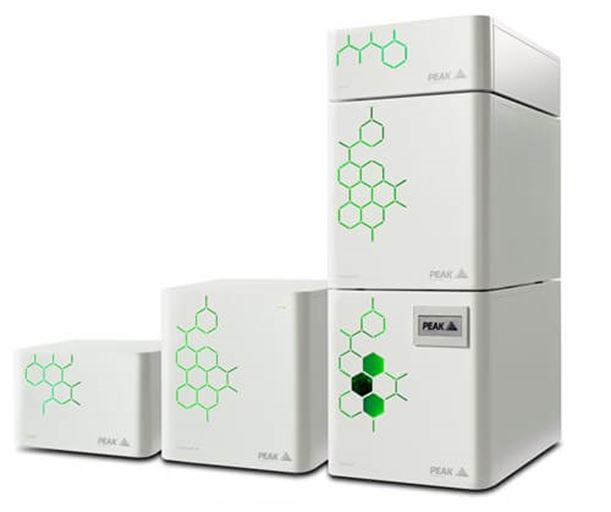Opposition to the sale of the Federal Helium Systems
With growing concerns surrounding the market, there is increasing opposition to the sale going ahead until there is more stability in the market. Without a stable transfer, organizations are concerned over the impact on healthcare, national security and many other aspects of everyday life.
The American Hospital Association (AHA) wrote,
“On behalf of our nearly 5,000 member hospitals, health systems and other health care organizations, our clinician partners — including more than 270,000 affiliated physicians, 2 million nurses and other caregivers — and the 43,000 health care leaders who belong to our professional membership groups, the American Hospital Association (AHA) urges you to take steps to protect Americans’ health prior to executing the final sale of the Federal Helium Reserve near Amarillo, Texas. Specifically, in order to protect the health of Americans, we urge you to act to ensure a steady supply of helium during the transfer of ownership and factor in the time it will take for full operations to be restored under new ownership.”
In their open letter to the Director of the Bureau of Land Management, the AHA cite the war in Ukraine and the accompanying restrictions on Russian exports as having had a huge impact on the world being able to rely on Russia as a source of helium.
Ultimately stating,
“We are deeply concerned that the transfer of ownership of the Federal Helium Reserve at this time may exacerbate the challenge of the already constrained market.”
As with any transfer of ownership, it will take time for the successful bidder for the Federal Helium Reserve to set up their own operations, hire workers, contract for the transport of the helium and arrange for the sale of the helium to customers. This process could take months, if not longer, to put into place leaving users of helium struggling to get the gas they need.

The American Hospital Association are not the only group in North America who are voicing their concern with the sale of the BLM and the immediate impact it can have given current circumstances.
The Compressed Gas Association (CGA) has also called for Federal intervention to delay the auction of the BLM as they say,
“Without federal intervention to delay the disposal of the BLM’s Federal Helium Reserve, the supply of helium will be reduced and important sectors of the economy including government users, such as the military, will be imperiled. As a result, the national security of the United States will be significantly and negatively impacted.”
The CGA have highlighted a number of issues which have come to light which need to be resolved to ensure a safe and reliable supply of helium is maintained for North American users.
- The Cliffside Helium Enrichment Unit - the team responsible for the operation and maintenance of the CHEU at the Cliffside Gas Plant, with its related compressors, pumps, cryogenic equipment, gas drying units, heaters, digital control systems, and other auxiliary equipment – is a privately owned entity which is not part of the GSA disposal process. This means the successful bidder of the Federal Helium Reserve will need to negotiate new contracts to operate the CHEU or build a new unit.
- The Federal Helium Reserve pipeline travels through multiple states and, as around 14% of the pipeline does not have right of way, the successful bidder will need to secure this prior to operating the system.
- The CGA states the BLM has not needed to comply with certain federal and state laws and regulations. Given the new buyer will most likely be a private entity, they will need to comply with these laws and regulations before starting their operation.
- Their final point relates to the Federal “in-kind” program run through the BLM. As the FHR will become a private entity, this “in-kind” program is likely to come to an end leaving many government bodies who are reliant on this supply program struggling to meet their helium needs.
In a worst-case-scenario situation, these issues could take months, or longer, to resolve which will leave the BLM site unable to produce or distribute any helium for that time. If this happens, it will leave helium users in North America with drastically reduced supplies accompanied by the uncertain timeline of when the issues could be resolved.



